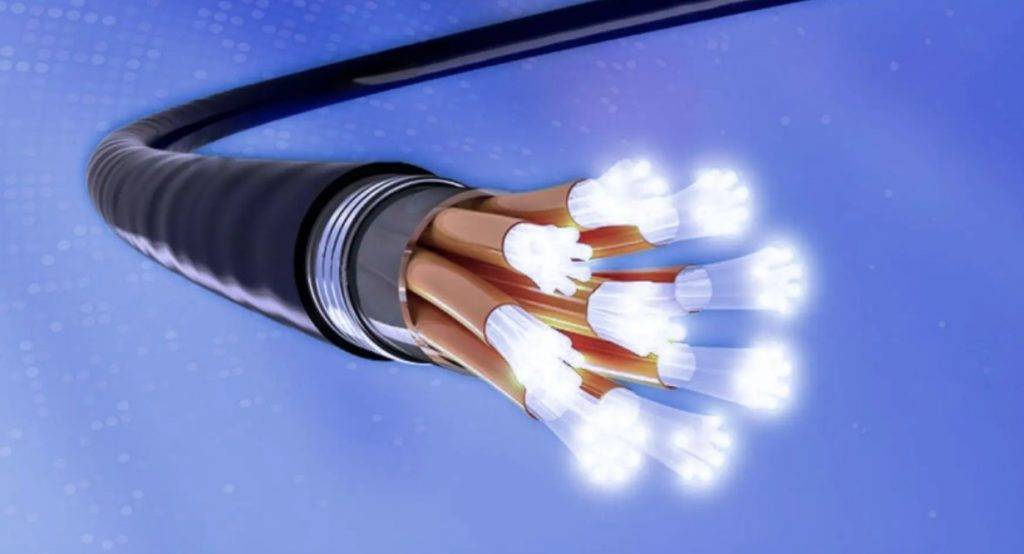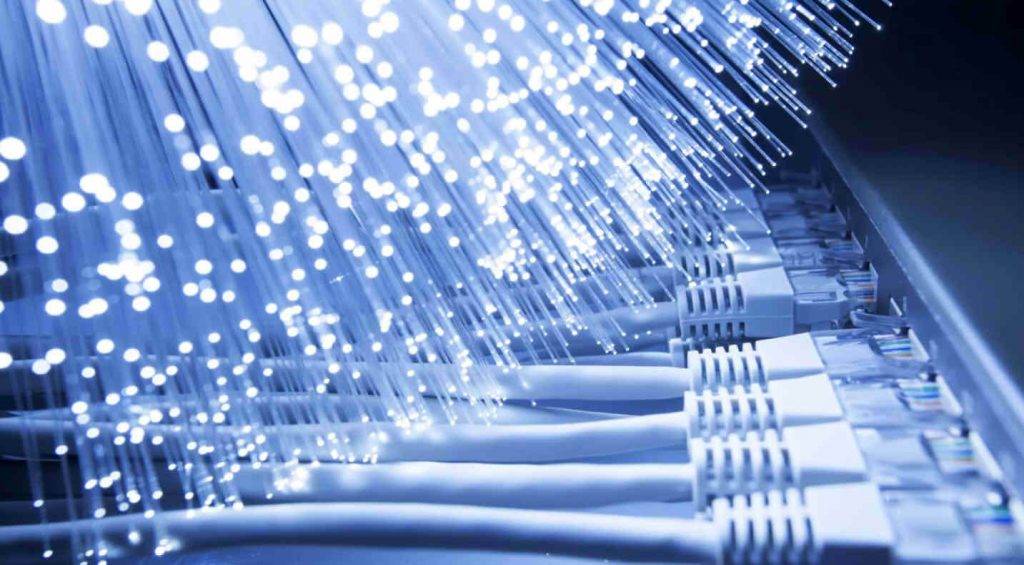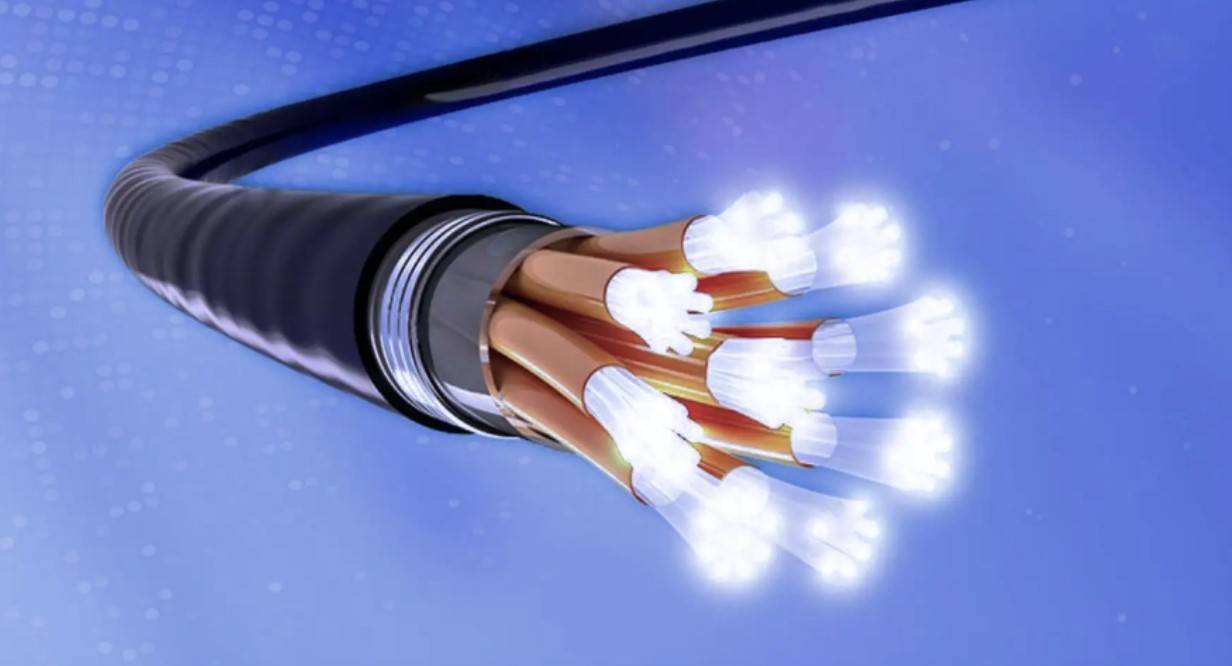Optical fibers are too fragile to be used directly in cabling systems. They are usually tied in bundles with a protective cover on the outside and tension-resistant wires in the center..
This is known as fiber optic cable., usually contains one or more fibers. The differences between indoor and outdoor fiber optic cables are described below..

What is indoor fiber optic cable?
Indoor fiber optic cables are mainly used in closed environments. The core of indoor cables is made up of a certain number of fibers.
It is covered by a protective plastic sleeve and a plastic cover. It is mainly used for optical signal transmission as a communication line.
Indoor fiber optic cables have a lower tensile strength and are less protective.
But they are also lighter and cheaper. This type of fiber they are mainly used for wiring buildings and for connecting network equipment together.
What is outdoor fiber optic cable?
The composition of outdoor fiber optic cable is basically the same as that of indoor fiber optic cable, except that the outside has a layer of armor additional.
Outdoor fiber optic cable has higher tensile strength, a thicker protective layer and usually has metallic armor.
Outdoor fiber optic cables are mainly used for interconnection between buildings and between remote networks.

What are the differences between indoor and outdoor fiber optic cables??
Model differences, applications and accessories
Indoor fiber optic cables:
GJFJV: Mainly used for construction and indoor laying or as a jumper for optical cables. Accessories include non-metallic reinforcing elements, tightly wrapped optical fibers, PVC covers, etc.
Outdoor fiber optic cables:
TOGETHER: It is adopted for pipe laying and aerial laying. Equipped with metallic reinforcement elements, filled center tube, PVC coating with steel wire entrapment.
GYXTW53: They are placed for direct burial. Equipped with metal reinforcement elements, filled center tube, PVC coating with steel wire entrapment, steel tape armor.
GYTA/GYTS: Pipes and aerials are placed. Equipped with metallic reinforcement elements, loose filled cover layer and PVC lining.
GYTY53: They are placed for direct burial. Equipped with metal reinforcement, Loose filled cover layer, steel tape armor, PVC cover.
Differences in outer cover and practicality
Differences in outer cover and practicality
Outdoor fiber optic cable: thick outer shell, with pressure resistance, to corrosion, tensile and other mechanical and environmental characteristics.
Must have a waterproof cover.
indoor fiber optic cable: Mainly used indoors. The main feature is flexibility., which makes it possible to use in narrow places, like the corners. It also has the external characteristics, such as fire resistance, tensile strength and softness.
Does not usually have a waterproof cover.
There is no strict distinction between indoor and outdoor fiber optic cables. The choice of fiber optics remains a case-by-case decision.
This information is provided by ZMS Cable Group, a professional manufacturer of various cables and related accessories. If you have any questions, Contact us.

